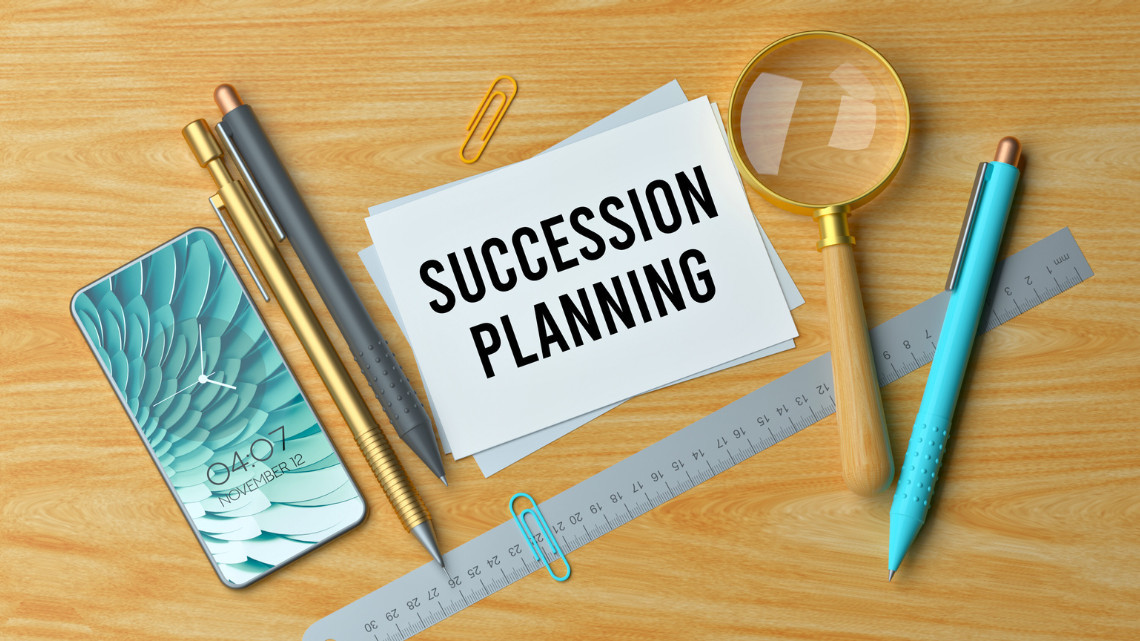
Google defines succession planning as a business strategy companies use to pass leadership roles down to another employee or group of employees. Given the youngest baby boomers are expected to begin retiring in 2031, seven short years from now, companies should begin the process of preparing the next generation of leadership. A seismic shift will begin to take place. Will your company be prepared to seamlessly continue strategic action? Only if you begin soon. This article though, is not about how to plan your succession, instead, it is about not forgetting about the value of training when you do!
Each month, I tell you in a unique way how people underestimate the power, uniqueness, and value of training. Many view training as a quick band aid, but in this instance, when included in your succession plans, training can help your company through the next big wave of leadership soon to come. Let us look at five steps to succession plans and understand how training can assist you:
- Identifying critical positions in your company: When planning for turnover, it is necessary to understand just what positions you will need to fill. C-Level employees down to entry level deserve a look to understand where they will be in the five to seven years. For this, you can reach out to their leaders, who should have these questions answered in every 1:1 meeting (hopefully they have these at least every 30 days). Reach out to the training department or HR to determine what courses the folks in these current positions have taken and what their progress has been. This can tell you how serious they are about maintaining their development and if they are looking to move up.
- Determining Skillsets needed: Once you determine what positions might be available and begin analyzing job descriptions, begin to determine the skills needed for these jobs. Training can be a source here as you look at training for the job. Inquire on the skills that are trained for each position along with research for the folks in the position to get a real picture of what to expect from potential candidates in the future.
- Starting to look at people: Succession planning is the plan for placement of individuals in future anticipated attrition situations. Training can help! As you identify these folks destined for leadership greatness, create a training plan with your learning department. Also, see how well your chosen candidates do with mentoring. This great test will tell you if they are poised to lead a team of people by seeing how they guide newbies right out of orientation or any new people to the department. Training will usually guide the mentorship program. If you do not have one, training can build it for you!
- Develop those candidates: With so much time ahead of you, whatever improvements you find are needed can be managed by the training department. They will use a mix of in-class or online training, on-the-job shadowing, and mentoring to bring your prized candidate up to full speed. Work with the leaders currently in position to determine what intangibles are needed for the positions and feed that information to training. They will make sure your folks are ready when the time comes!
As you begin your journey preparing for the next wave of leaders, consider training as your partner in determining who will sit on the throne next! They can create programs, partner with you to identify potential, and even level up the candidates to give you a clear picture of who should rise next.
ASE Connect
Don’t have a training department? ASE can serve as your third-party training partner from a comprehensive training analysis to developing a training plan to delivering the courses both in-person and virtually. Learn more here.
By Clifton Clarke, courtesy of SBAM-approved partner, ASE.
Click here for more News & Resources.